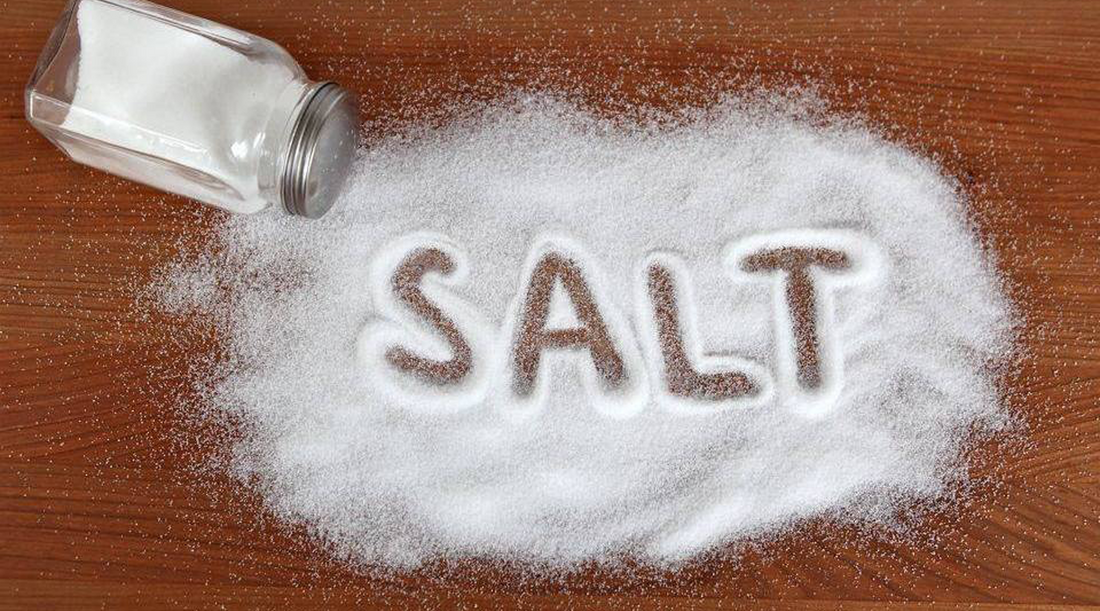The science behind salt
0 Comments
Many Tailwind users wonder about the science behind one of Tailwind’s key ingredients, salt, and its impact on performance and the body.
To begin with, most athletes think that Tailwind contains sodium to prevent cramping, but its primary function is actually to activate the glucose transport mechanism which accelerates the absorption of calories and improves hydration. Without the presence of sodium in your fuel, these pumps will not work. And, these pumps are not only the most efficient way to bring energy to your cells, but also increases your absorption of water at a higher rate than just drinking water by itself.
Tailwind Nutrition also includes sodium to help replace what you sweat out along with potassium, calcium, and magnesium (we’ll cover the role of electrolytes in a future post). One interesting aspect of sweat is that the ratio of salt to sweat doesn’t change regardless of the amount of salt you are consuming. Your body gets rid of excess salt via its urine. Conversely, if your body senses it has too little salt, it will use the sweat glands to reabsorb the sodium contained in sweat from your skin. If your salt levels are where they should be, then the sweat glands won’t reabsorb the sodium and the salt will remain on your skin which appears as crystals once evaporation has taken place.
We have quite a few customers who write in and ask us about an increase of salt deposits on their skin when they start using Tailwind. If you are used to a water/fueling combo that doesn’t contain sodium, you may have experienced a low sodium condition because you were replacing water, but not the sodium lost to sweat. With Tailwind, you are replacing both water AND sodium (along with potassium, calcium, and magnesium). The sweat glands are no longer reabsorbing sodium, resulting in more deposits on your skin.
So if you notice salt on your skin after your workouts, it means that your body is doing exactly what it is supposed to do: secreting sweat to cool itself off. These salt deposits can be due to a number of factors that have nothing to do with intake such as higher sweat rate due to exertion, environmental factors- temperature or humidity, evaporation rate (dries on skin vs dripping or soaking into clothing), or the length of exercise time (more accumulation).





